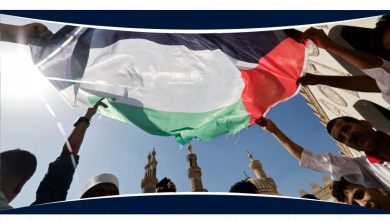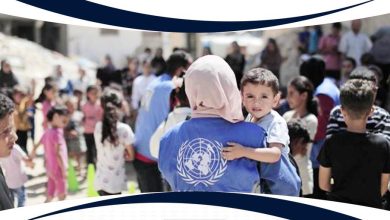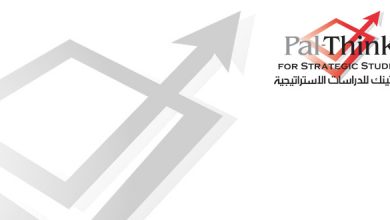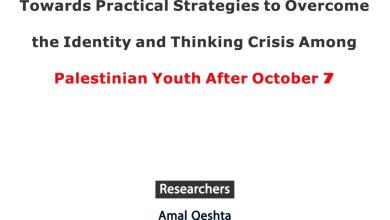Seventh Episode: Mechanisms of Women’s Participation in Palestinian Elections
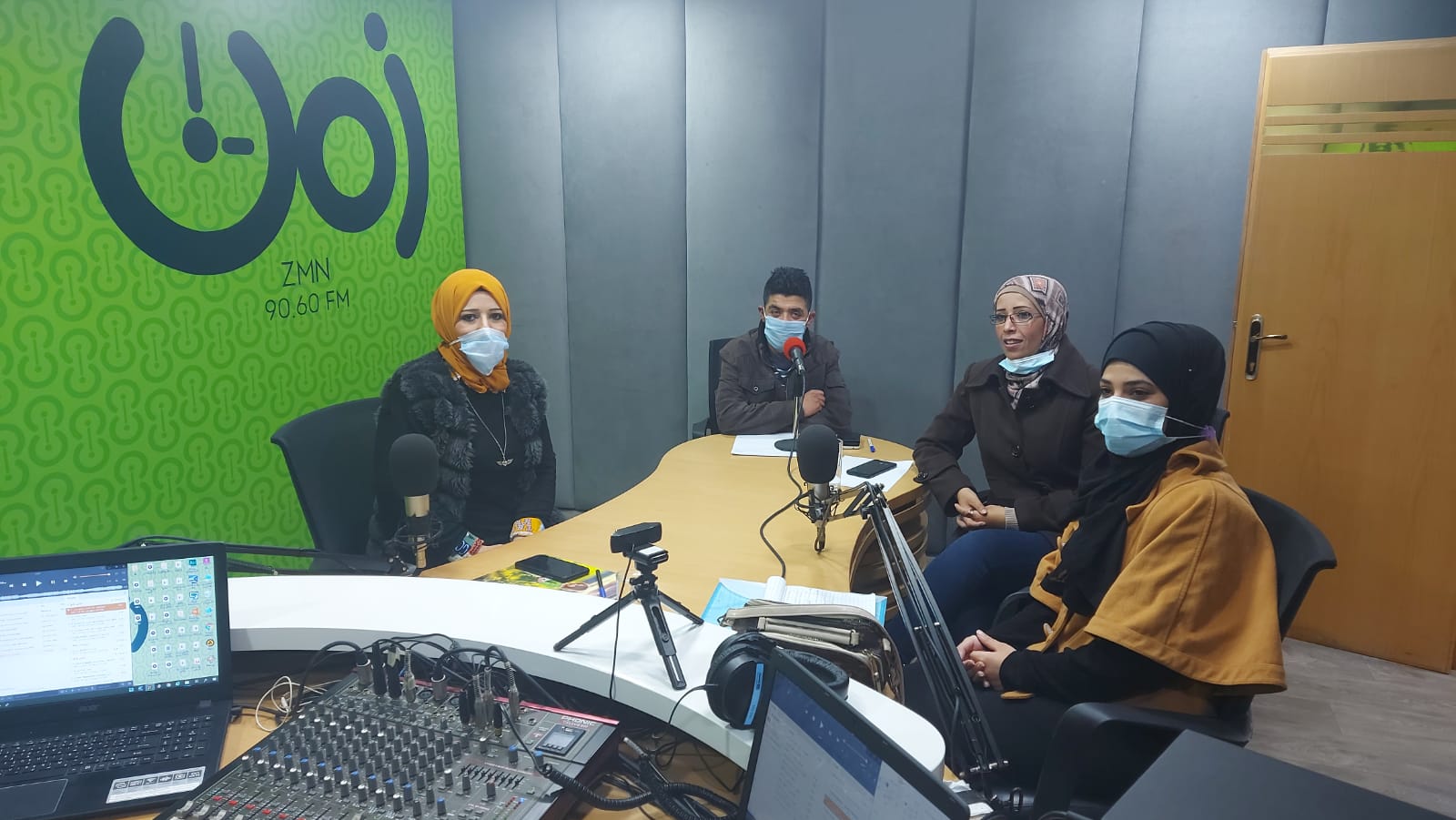
With the approaching of the next Palestinian elections and women’s representation increased to 26%, the researchers, Waseem al-Khaledi and Areej Jreed wanted to highlight mechanisms for promoting women’s participation in Palestinian elections in their research paper by raising community awareness through presenting their paper on Youth Creativity at Zaman radio. It is worth noting that this project is implemented by Pal-Think for Strategic Studies and funded by the Government of Canada.
The Professor of International Law at Gaza University, Dr Samia Al-Ghasin, said that there have been demands from human rights institutions to raise the representation of women to 30%.
She also stressed that there is also a decision by the Central Council of the Liberation Organization to raise the representation of women by 30%, but the president’s decision to raise women’s representation by 26% is disappointing because it is inadequate and opposes the central Council’s decision.
She also pointed out that the elections are a fundamental and undebatable right, and that the Palestinian internal- conflict has negatively affected the Palestinians and the coming election choices. As well as, the national interest must be dominated by vested interests.
The researcher Areej stated that according to data from 2019, 5% of the Central Council, 11% of the National Council, 14% of the cabinet members, and 11% of the active diplomatic corps were women.
She further said that there is one woman in the position of governor of Ramallah and Al-Bira governorate out of 16. As for the local elections, the first woman was elected in 2019, in Jenin governorate, as a woman was elected to head the village Council, as the community activist Kefaya Al-Zagzouk was elected.
Ms Jreed stressed that there was no Palestinian political party led by a woman and that women did not get leading positions in the first line of parties or organizations seriously.
Jreed also noted that the amendments approved by President Mahmoud Abbas to Law No. 1 of 2007 on the general elections included increasing women’s “ticking” to 26% instead of 20% and arranging this in the candidate lists.
The researcher also said that there are several obstacles, including such as the legal obstacle, which requires Palestinian parties to raise the number of women candidates on the lists, whether in party or non-party form. He also noted that the 2006 elections, only women won the party, and no independence succeeded.
Khaledi also raised the question about what mechanisms are in place to enhance women’s participation in the upcoming elections? He further answered and said that the high need for community and political support to the national plan for settling resolution 1325, raising the participation of women in the elections by lists, whether party or non-party, raising the public awareness of the need of society for women to participate in decision-making, and enhancing the presence of women in advanced positions in political parties (political office – central committee) to be effective and effective.
He concluding by saying that the second step is to strengthen the presence and participation of women in medical and public trade unions and to be present within the administrative bodies. Besides, to elect them to head the unions.
“The designations employed and the representation of material in this program do not imply the expression of any opinion whatsoever on the part of the Government of Canada.”

